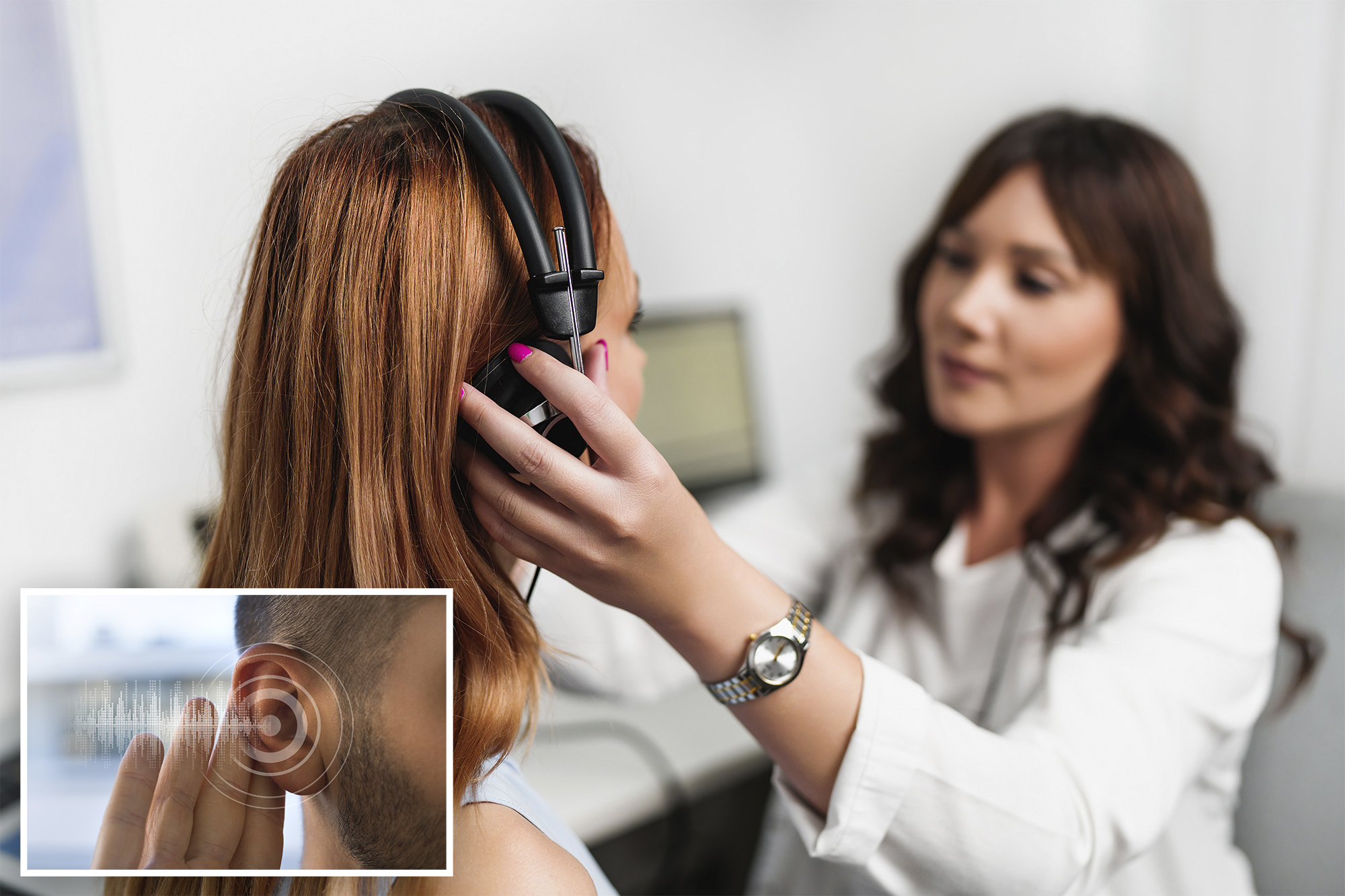
The old address is that mothers have eyes on the back of their heads, but a new study shows that women can generally have even more sensitive hearing.
The study, recently published in the journal Scientific Reports, tried to consider the link between numerous factors – including gender, age and region, among other things – and hearing sensitivity.
Patricia Balaresque, Ph.D., at the Center for Biodiversity and Research of the Environment in Toulouse, France, led a team of scientists to conduct hearing tests over 448 individuals from 13 global communities in Ecuador, England, South Africa and Uzbekistan.
The results show that hearing sensitivity is mainly affected by gender and environment, followed by age and left against the right ear.
“Our findings challenge existing assumptions and emphasize the need to consider biological and environmental factors when studying hearing,” Balaresque said in a press release.
Scientists measure hearing sensitivity using ottoacoustic emissions caused by the transition, which appreciate the ability of Cochlea to produce and transmit an acoustic response after sound stimulation.
Koklea is a juicy, spiral -shaped cavity in the inner ear that converts sound waves into electrical impulses that the brain can interpret, according to medical sources.
By analyzing Teoae profiles, researchers gained valuable knowledge of how Cochlea responds to external hearing stimuli.
To calculate hearing sensitivity, a small device played a clicking sound in the ear subject’s ear and then recorded the small sounds, the inner ear sent in response, the study discoveries detailed.
These return signals, which are created by cells to grain, provide a reliable indicator of how sensitive the ear is.
The researchers then examined the signals, including how strong they were (measured in decibels, a unit used to convey the relative intensity or sound of a sound) and that the ear frequencies responded more strongly.
They also compared variations based on a variety of factors, including subject sex, age, wear tested and the type of environment in which they lived.
During testing, women constantly showed a higher sensitivity, with an average of two decibels in all populations taken from the sample.
“We were surprised to find that women had two more sensitive decibels in all the populations we measured, and this calculated most of the differences between individuals,” said study co -author Turi King, a professor and director of the Milner Center at the University of Bath, in omission.
“This may be due to different exposure to hormones during development in the abdomen, due to men and women who have mild structural differences in the cochlear anatomy.”
Women also better perform in other hearing tests and speech perception, which indicates that their brains are better in processing information, according to King.
“We really do not know why it may be, but given the harmful effect of noise on overall health, such as sleep quality and increased cardiovascular disease, having more sensitive listening in noisy environments may not always be a good thing,” she added.
While changes in age were also a factor in hearing sensitivity (with old age associated with the worst hearing), it was less pronounced than differences between gender.
Other findings in the study include how ecological environments can affect hearing sensitivity.
For those in urban environments, hearing profiles were moved to higher frequencies, which may be due to the constant low traffic and noise of the city in urban environments, hypothesized.
The biggest contrast was found among groups living in high altitude populations against tropical environments, with the latter having a higher sensitivity to hearing.
This can be a result of living in areas with fewer people in the environment, or a trait inherited from the kind of wild environment where vigilance is essential for survival, noted researchers.
Professor King added, “We know that people are continuing to evolve, so the next question is whether our hearing is able to change in response to different environments in general or whether there are genetic adaptations involved.”
#women #listening #men
Image Source : nypost.com